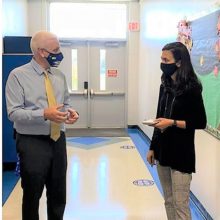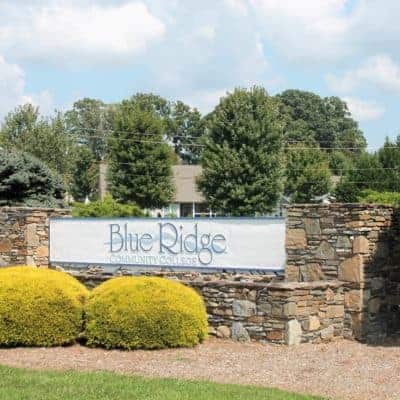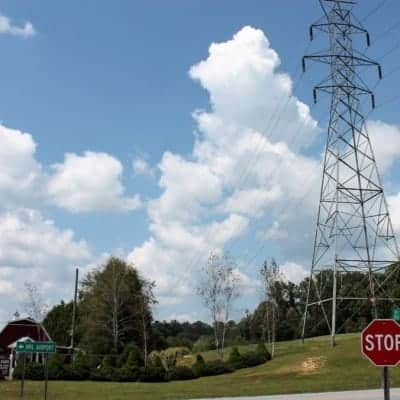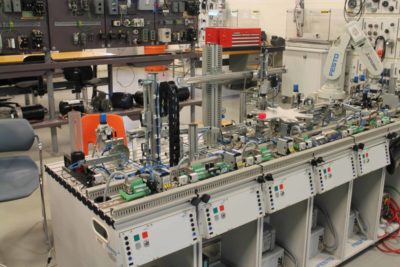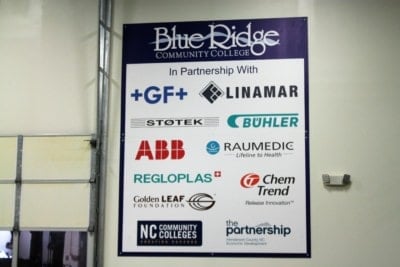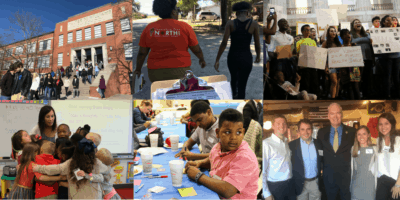President Laura Leatherwood has worked in community college education for over 18 years, yet in her role as president of Blue Ridge Community College, she recently heard something for the first time.
“I had a community leader say to our career technical education (CTE) teachers and directors and to all the principals in the county: ‘You don’t necessarily need a four-year degree,'” said Leatherwood. “I think we’re not only trying to change the perception of the kids and the students, but of the administrators and teachers.”
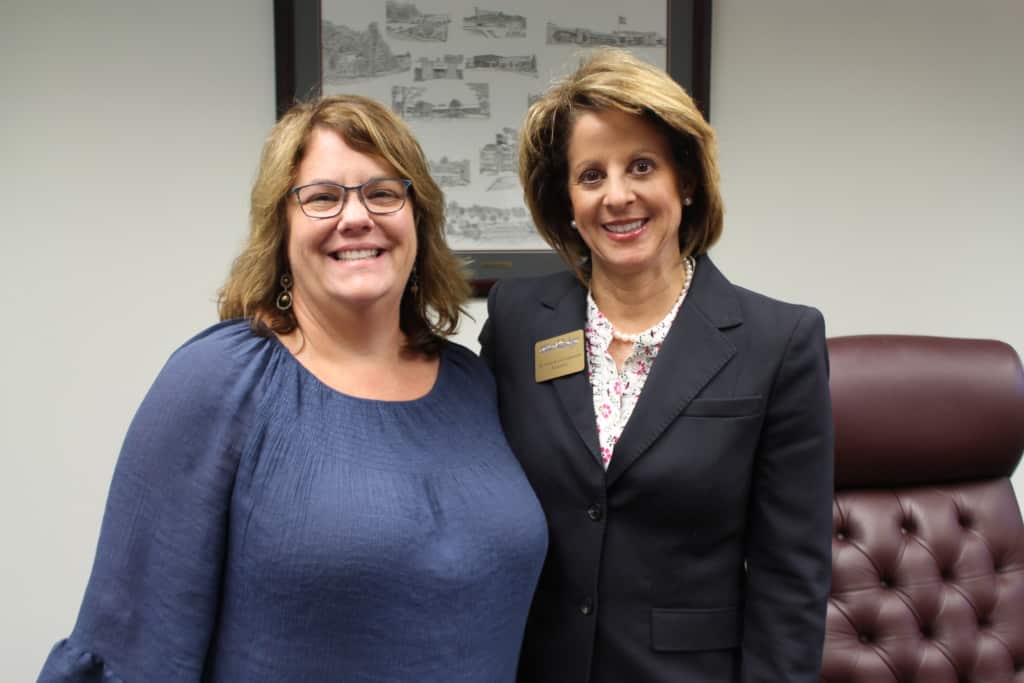

During a recent visit to Blue Ridge Community College, I spoke with faculty and staff about the college’s work to change the community’s perception of manufacturing skills and jobs. The Made in Henderson County initiative, started by the Henderson County Partnership for Economic Development, works to “enhance the connection between manufacturing businesses and the Henderson County Public School system, while telling the story of manufacturing, the products that are made here and the people who make them.”
The college’s efforts are an extension and a force multiplier of these efforts. With over 140 manufacturing companies spread across Blue Ridge’s two-county service area, Henderson and Transylvania counties, the importance of workforce development at the college is heightened. If the college doesn’t produce a workforce with the skills demanded by these companies, they could relocate from the community altogether.
For more data on Blue Ridge Community College’s service area, click on the flash card below.
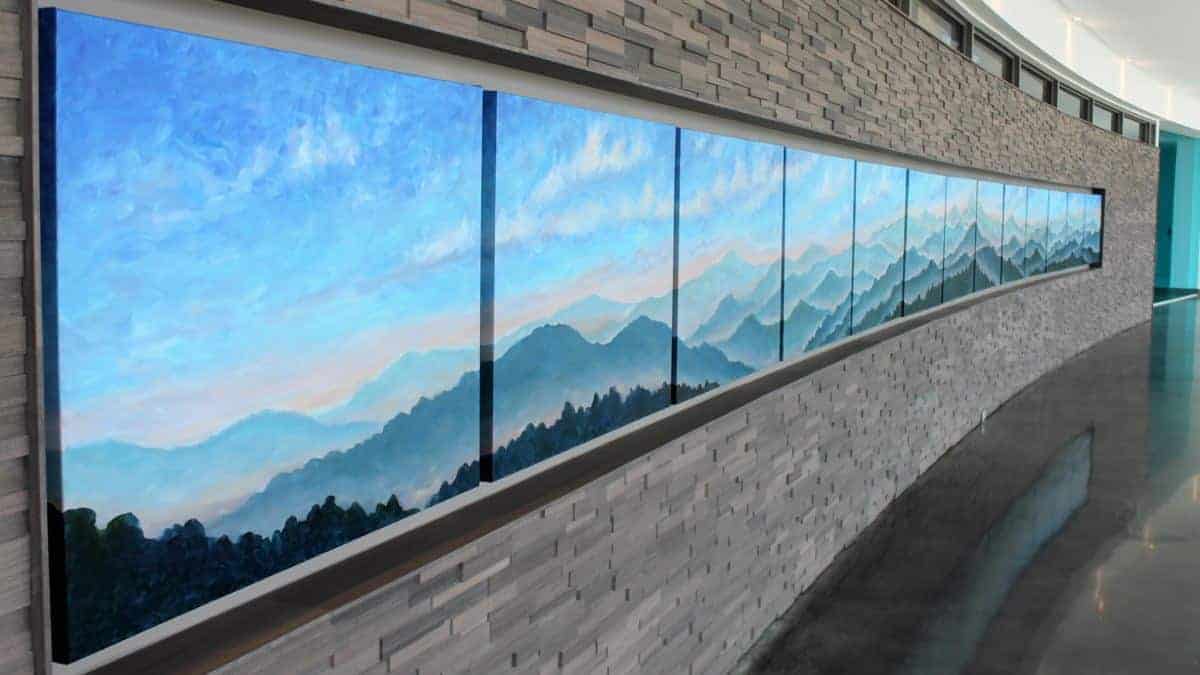

Connecting with K-12 to shift perceptions early
At Blue Ridge, a coordinated, multi-faceted effort works to change the perceptions surrounding the manufacturing industry, beginning with the K-12 school systems.
“We have an immediate need for workforce development, but we’re also thinking five to 10 years from now, and that workforce is in our middle schools and high schools,” said Leatherwood. “So changing the perception of that generation is key, and that’s where we’re trying to start right now.”
As part of that effort, Blue Ridge Community College is teaching more and more classes in high schools across the two counties. They also offer tours of the college and of local industry partners for K-12 counselors and teachers so they can see the pipeline from education and training to careers.
“We are embedding ourselves in our schools, but we are also embedding ourselves in our companies, and when you can match that together, then you’re preparing a next-generation workforce,” said Leatherwood.
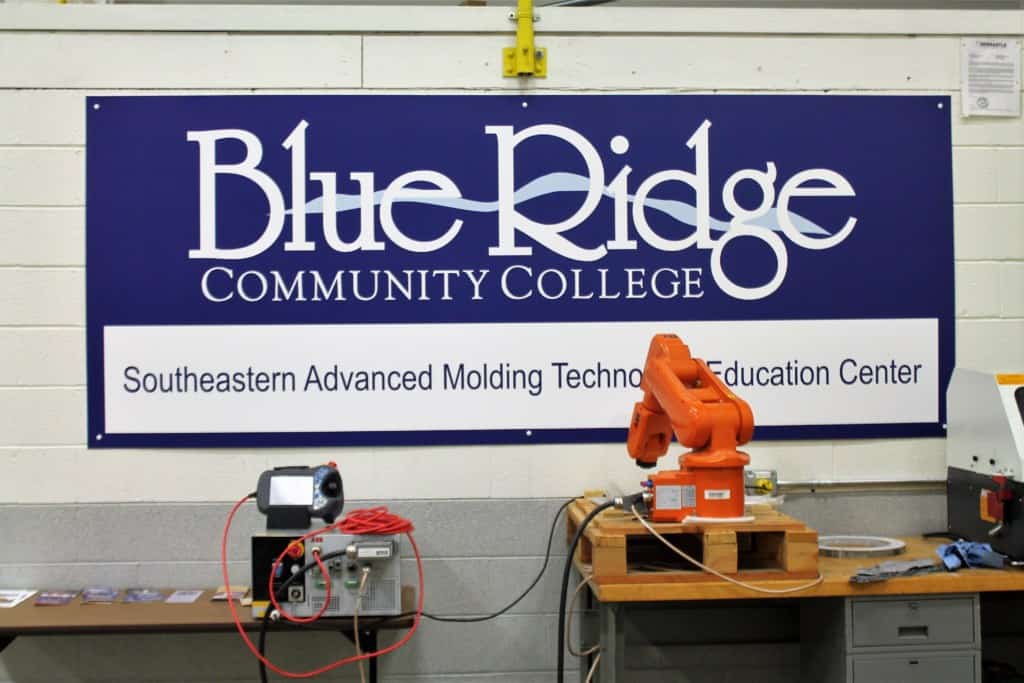

Every October, the college hosts a career fair and invites local industry and manufacturers. Those representatives are paired with college instructors, and they offer 20-minute presentations to over 800 juniors from local high schools. The college also offers job shadowing.
According to Leatherwood, another crucial aspect of changing the perceptions of manufacturing is making it something that feels relevant to high school students. For example, many high schoolers enjoy gaming.
“Our thought was, how do we turn manufacturing robotics, which is basically running a game, and help them understand it from a gaming perspective?” said Leatherwood. “It’s clean, it’s fun, it’s technologically advanced, and you can move something by just pushing a button. It has to be something they can relate to, and they relate to things like that.”
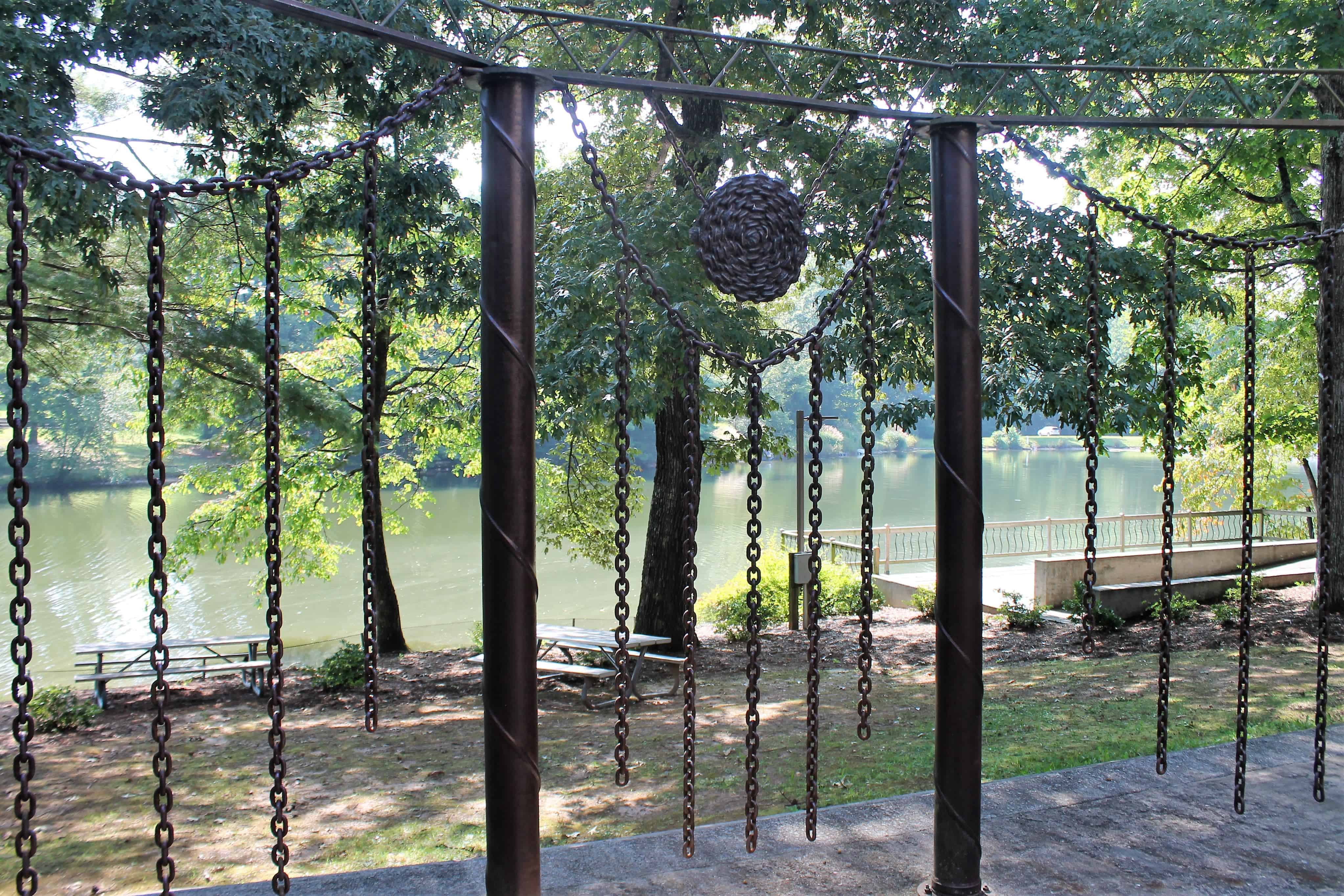

Supporting students once they arrive on campus
Once students arrive at Blue Ridge, the administration works to ensure they have access to the student services and career counseling they need to successfully enter the workforce.
Soon, the NC Works office for Henderson County will move from its current location on campus to be housed under the same roof as the other student services the college offers, providing students with a one-stop shop of resources for their academic, financial, career, and personal needs.
While the simple location of a career services center may not seem like a crucial factor on face value, Scott Adams, director of career services for NC Works in Henderson County, says otherwise.
“That lake outside?” said Adams, pointing to a small lake at the center of campus. “We call it the Atlantic. Sometimes just getting a student to walk to another building is like getting them to cross an ocean.”
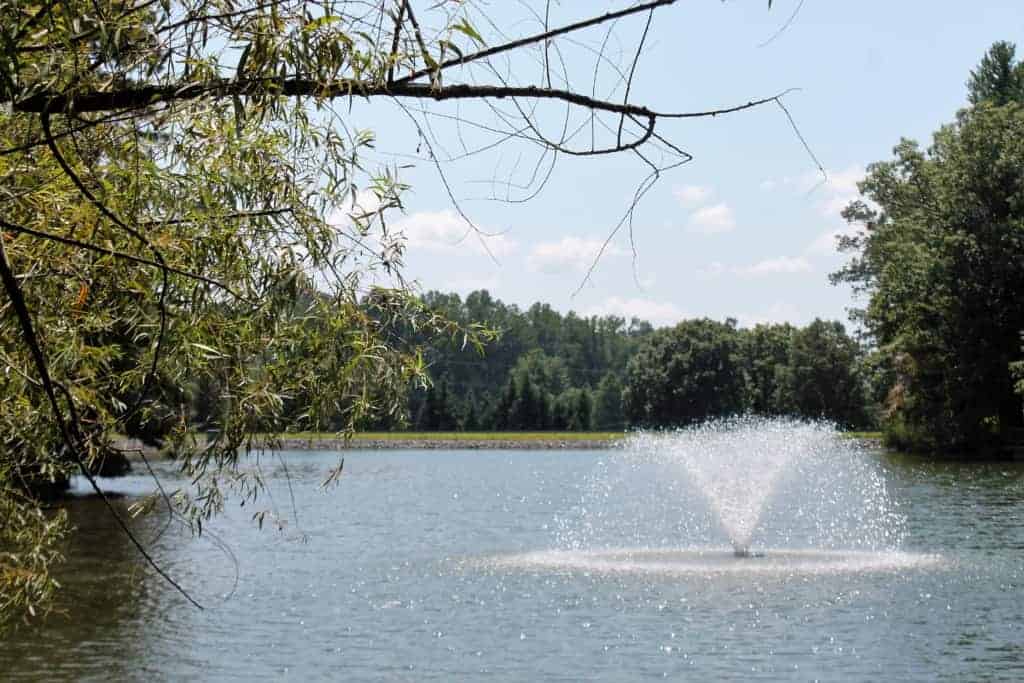

Campus atmosphere also plays a role in creating an environment where students want to learn. Lee Anna Haney, director of marketing and communications at the college, has been with Blue Ridge in various roles for over 30 years and has worked with all four presidents of the college. She credits President Leatherwood for creating a positive, can-do culture on campus.
“The way you make things better — and it funnels down to our students — is how you treat each other and how you treat your community,” said President Leatherwood. “That will reflect on how you treat your students.”
